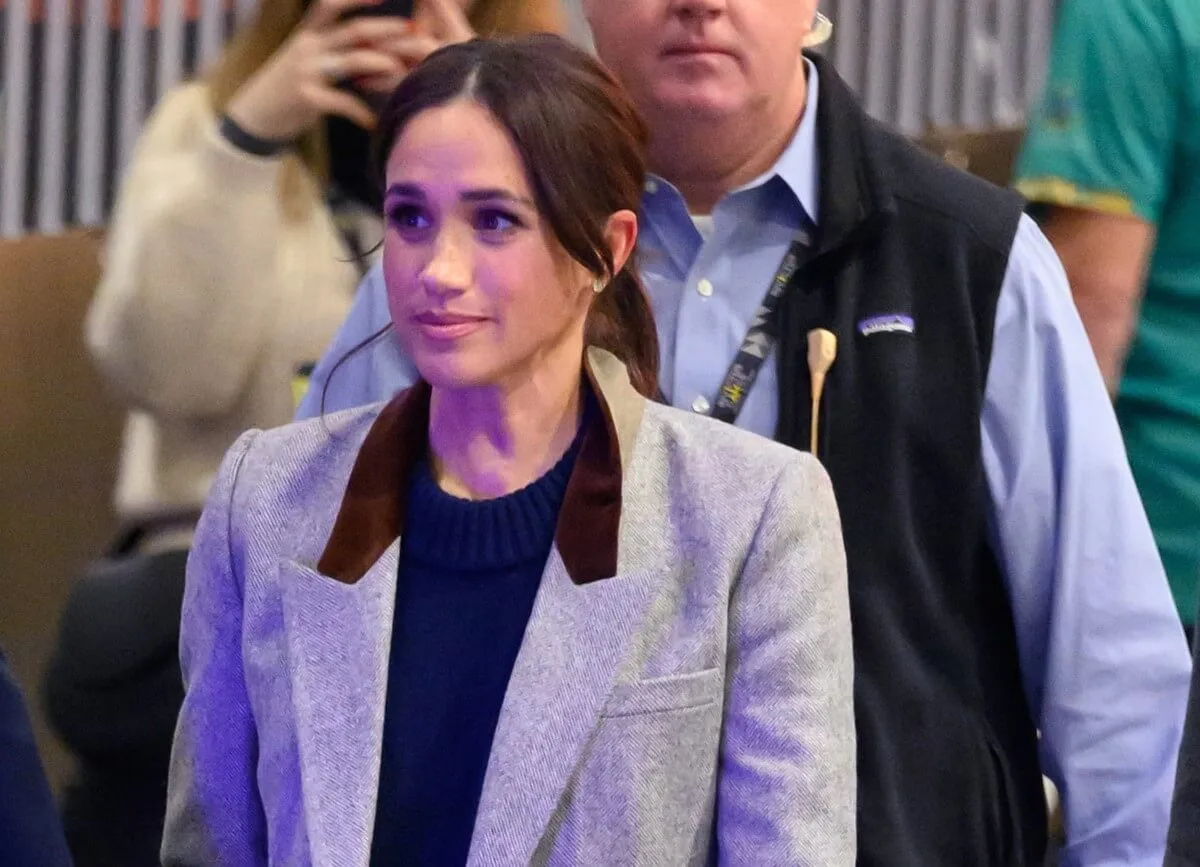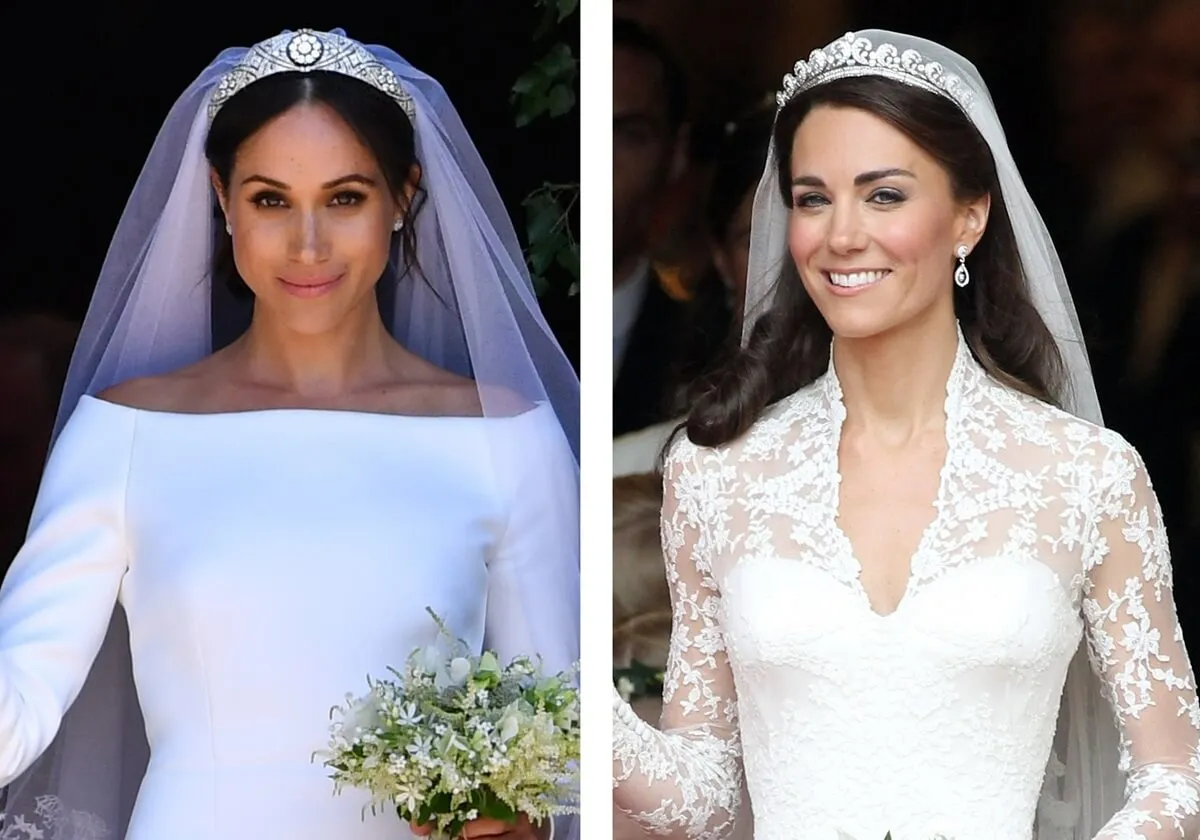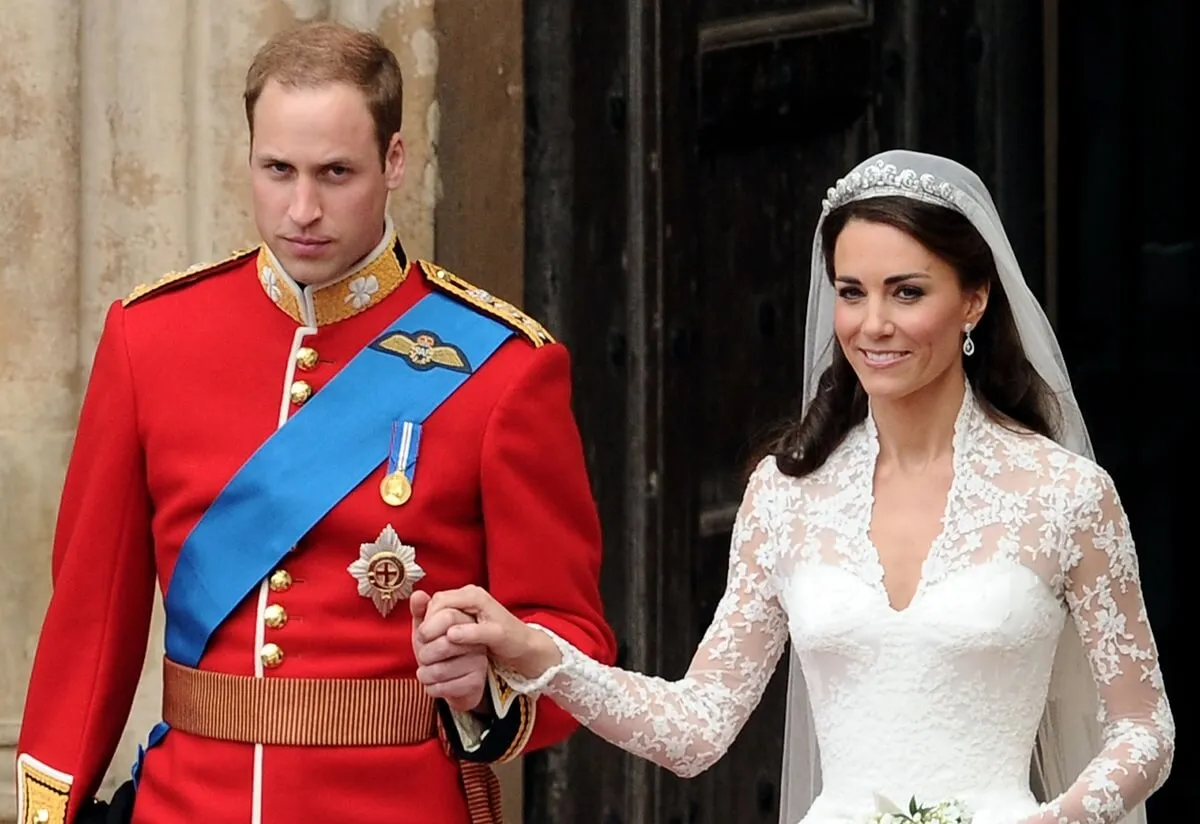Why Was Whitney Houston’s ‘Cinderella,’ Starring Brandy, So Diverse?
There might not be a Cinderella production as beloved as the 1997 TV version for the Wonderful World of Disney. Rogers and Hammerstein’s Cinderella is a wonderful musical take on the classic fairy tale. It was the only one of their musicals written specifically for television and first premiered on CBS in 1957, starring Julie Andrews.
Following in the TV tradition, Whitney Houston produced the 1997 production and it starred Brandy Norwood. Not only did it star a Black lead, but the cast was wonderfully diverse as a whole. And that was, of course, on purpose.

The ‘whole point’ of this production was to have a Black Cinderella
In a very in-depth look at this production of Cinderella, Shondaland published an oral history of the 1997 TV special. One of the biggest aspects of the project was the diverse cast; it reflected the real world. Craig Zadan, one of the executive producers on the TV movie, said that a Disney executive really wanted to cast a white Cinderella.
“The whole point of this whole thing was to have a Black Cinderella,” Zadan said of their pushback. “We didn’t want to make it with a white Cinderella. We weren’t interested in a white Cinderella. Still aren’t! We never approached anyone other than Brandy for the role.”
Originally Whitney Houston was going to play the lead role of Cinderella, but by the time the production actually started to take form, she wasn’t feeling that part anymore. In addition to producing and being a major creative voice on the project, Houston took the role of Fairy Godmother.
Zadan said that the “unnamed” Disney exec kept trying to push singer Jewel in the role, which was the “white version” of Brandy” in their eyes. “Jewel was never approached,” Zadan said. And Debra Chase Martin, another executive producer, said, “Jewel as Cinderella would have been a nonstarter.”
They wanted ‘color-blind casting’ similar to ‘Hamilton’
The Shondaland feature, in celebration of the movie’s 20th anniversary in 2017, emphasized just how difficult the rest of the casting process was. This was especially true when it came to finding the perfect Prince Charming, or Christopher in this version. Wayne Brady, Antonio Sabato, Jr, Taye Diggs, and Marc Anthony all auditioned for the part before Paolo Montalban scored the role.
Another executive producer, Neil Meron, explained that they wanted a diverse cast when it came to the background dancers and actors as well. To do this, they went a similar route to Hamilton, although decades earlier.
“Craig and I started in the theater, and we worked for a man named Joseph Papp at The Public in New York,” Meron said. “One of his mantras, the philosophy that begat Hamilton in fact, was to do color-blind casting and always cast with diversity.”
The whole point was to make the movie look like the world we all live in. “Since we’re going for this multiracial cast, choosing actors was kind of a checkerboard that we had to examine just in terms of keeping the proper balance,” he continued.
Norwood said that she “trusted” everyone involved, but was concerned because “not everyone was open-minded back then,” she told Shondaland. “Is this going to look realistic to America?”
There was still pushback on Norwood in the lead role, but thankfully they kept the cast list as is. “We were so consumed with making sure that we didn’t let any area of the production fall into an easy casting situation,” Zadan said. “For each and every detail, we wanted to make sure we were meticulous with how we put these roles together.”
Many actresses turned down the evil Stepmother role
The role of the evil Stepmother was also difficult because many actresses turned down the part. Martin noted that it was actually the “hardest role to fill.”
They asked Whoopi Goldberg for it at first, however it was too big of a role for her schedule; she ended up taking the part of Queen. But a lot of white actresses wouldn’t take the role either. “No white actress wanted to be seen as being mean to the black Cinderella,” Martin said.
She explained that they asked Bette Midler for the role, but got a “no.”
“I would write these long letters putting the role in context, explaining the importance of what we were doing with the multicultural cast, and the cultural impact we hoped to have,” Martin said. “I wanted them to understand that they wouldn’t just be coming on board for a great show; it was also going to be important culturally.”
Thank goodness it went to Bernadette Peters, who is absolutely iconic in the role. “I don’t remember if I thought about the optics of playing a white evil stepmother to a black Cinderella,” Peters said. “We weren’t really playing ‘real’ people — it’s a fairy-tale, and I just wanted to play the role as best as I could, as cruelly as I could. I think that’s how we all approached it.”
Meron said they wanted to have one Black stepdaughter and one white stepdaughter, “just to further hit home that color is irrelevant in this fantasy world.”
Overall, no other Cinderella movie has come close to touching the cultural relevance of this 1997 production. It’s also just one of the best, musically and theatrically.


